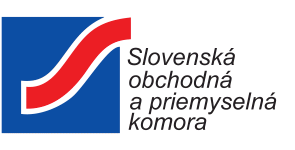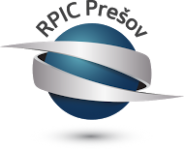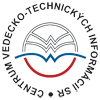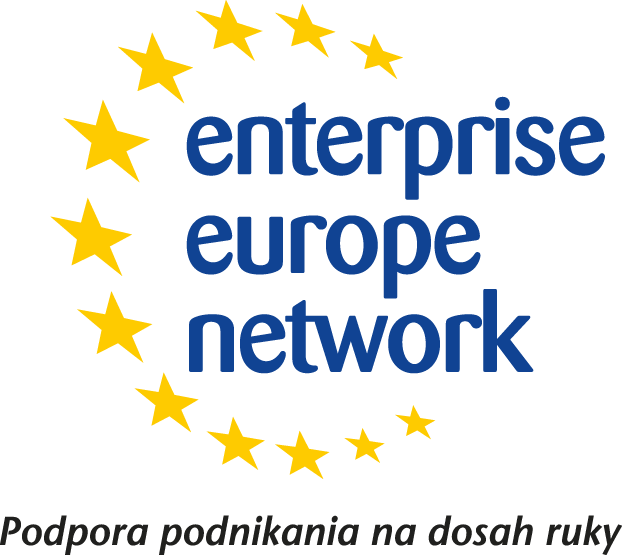Summary:
A Slovenian research institute has developed special Nd-Fe-B permanent magnets, which are exposed to the electrophoretic deposition of heavy rare earth (HRE) powder and subsequent grainboundary diffusion process (GBDP) achieving up to 30% higher coercivity, compared to the uncoated magnets. The used amount of precious HREs is up to 10-times lower, compared to the magnets, processed by metallurgy route. Producers of permanent magnets are sought for license and technical cooperation agreement.
Description:
The increased use of Nd-Fe-B magnets in the motors of electrical vehicles is hampered by their relatively poor high temperature performance, characterised by insufficient coercivity. In such automotive applications it is necessary for the magnets to operate for long periods at temperatures up to 150 °C. Any rare earth transition-metal magnet enables development of sufficient coercivity at high temperature by improving the intrinsic temperature dependence of the material. Unfortunately, the intrinsic properties of Nd-Fe-B are very difficult to change. Therefore other approach is needed. For developing coercivity at high temperatures, the development of higher coercivity at room temperature is also an option, so that enough coercivity remains when the magnet is exposed to increased temperatures. Usually it is done by adding of HREs using the grain-boundary diffusion process, initiated with:
-the dip-coating in the HRE-suspension, which is uneven,
-the three dimensional sputtering, which is extremely expensive.
The researchers from Slovenian research institute, specialized in nanostructured materials, has
solved the problem of coating with the electrophoretic deposition of the HRE-powder. This is a fast method (tens of seconds), reliable and cost effective process, which is beneficial especially for the industrial usage. With electrophoretic deposition, with controlled applied voltage and deposition time, smooth and evenly distributed coatings are formed. The important issue is the final amount of HRE in the magnet. Using this technology the amount of HRE in the magnet was measured to be 0.6 wt %, which can make magnet production cost-effective.
The researchers are looking for industrial partners-producers of permanent magnets. The partners are expected to enter technical cooperation, meaning cooperation in the industrial sized scale-up of the process and cooperation during the design of the pilot scale and/or are expected to enter licensing agreements with aim of implementation the invention into the existing or emerging products.
Type (e.g. company, R&D institution…), field of industry and Role of Partner Sought:
Type of partner sought: industry
Specific area of activity of the partner: Manufactures of permanent magnets.
Task to be performed of the partner sought:
Licence agreement: Implementation of the technology to existing or emerging products.
Technical cooperation agreement: Cooperation in the industrial sized scale-up of the process and
cooperation during the design of the pilot scale.
Stage of Development:
Available for demonstration
IPR Status:
Secret Know-how
External code:
TOSI20180719001








